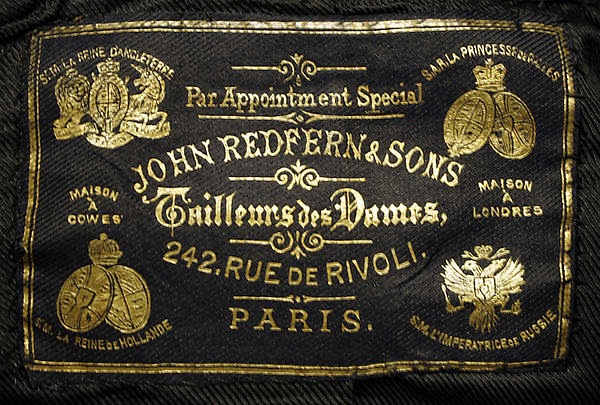On Mourning

(I decided to write this post because I'm planning to branch out into historical social topics more frequently - but it lines up very well with an event this week! I will be attending Death Becomes You at the Metropolitan Museum of Art on Halloween, in a post-Edwardian black wool dress with white collar and cuffs. Hope to see you there! Next week, I'll be posting some information about the dress, plus gloating about how happy I am with my dyed Renoir boots.) The subject of mourning is a very popular one when it comes to the mythology of the Victorian period. Traditional rules of mourning, however, go back further than Prince Albert's death, Victoria's reign, or even the nineteenth century. The concept of mourning in specific clothing is very, very old, but to focus specifically on Western European codes involving specific styles of dress, stages of intensity, and periods of time, a mourning code including concepts of first and second mourning extends at least as...
